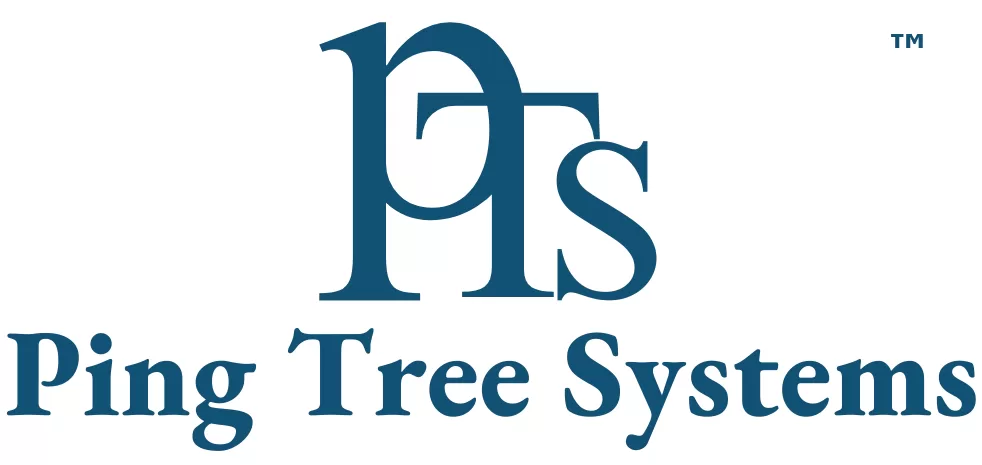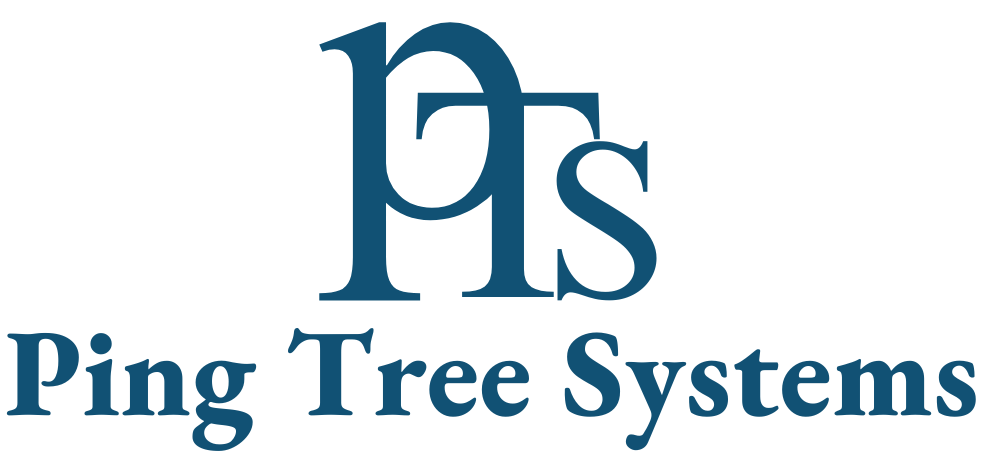Life’s unexpected financial challenges may lead to considering a payday loan, a short-term, high-interest option marketed as a quick fix. Before choosing this route, it’s important to weigh the pros and cons, understand how payday loans work, and assess your ability to repay on time.A key element in payday loan processes is the Ping Tree System, which connects borrowers with multiple lenders, increasing loan approval chances. Ping Tree Software streamlines this process, benefiting lenders and borrowers alike. However, it’s essential to understand the risks and costs involved before moving forward with a payday loan.
Understand What a Payday Loan Is
A payday loan is a small, short-term loan that typically offers quick access to cash. These loans are often designed to be repaid by your next payday, which is why they tend to come with high-interest rates and fees.
Key characteristics of payday loans include:
- Short repayment terms: Usually, payday loans need to be paid back within 14 to 30 days.
- High interest rates: APRs can be as high as 400% or more, making it one of the costliest borrowing options.
- Easy access: Many payday lenders offer quick approval with minimal paperwork, often requiring only proof of income.
Another technology in the payday loan industry is Ping Post Lead Distribution, which works alongside ping post lead distribution software. This system helps lenders connect with potential borrowers by distributing leads in real-time, improving efficiency. Lead distribution software streamlines this process, ensuring faster loan matching. However, while these systems increase accessibility, it’s essential to carefully consider the high costs and risks of payday loans before making a decision.
Consider Alternative Solutions
Payday loans should not be your first resort. If you’re not sure whether a payday loan is right for you, consider these alternatives:
- Emergency Savings: If you have an emergency fund, this may be a better option. Drawing from savings can avoid taking on debt with high interest rates.
- Borrowing from Family or Friends: If you have a trusted support network, borrowing from family or friends can be a low- or no-interest option.
- Personal Loans or Credit Cards: If you qualify for a personal loan or credit card with a lower interest rate, these may be more affordable ways to meet your financial needs.
- Credit Counseling Services: If you’re struggling with debt, reaching out to a non-profit credit counseling service can help you create a plan to manage your finances without resorting to payday loans.
In the payday loan industry, lead distribution systems play a role in connecting borrowers to lenders. Through technologies like ping post lead and ping and post, these systems efficiently distribute borrower information to multiple lenders. These systems help streamline the loan process, but it’s important to carefully assess the terms and alternatives to payday loans before making a decision.
Evaluate Your Ability to Repay
One of the most important factors to consider is whether you will be able to repay the loan when it is due. Failing to repay on time can result in late fees, higher interest charges, and potentially damage your credit score. Before borrowing, ask yourself these questions:
- Do I have a stable source of income? Make sure your income is predictable and sufficient to cover both your existing expenses and the payday loan repayment.
- Can I pay it back without sacrificing other essential needs? Consider the impact that repaying the payday loan will have on your monthly budget. Will it leave you with enough money to cover rent, groceries, utilities, and other expenses?
If there is any uncertainty around whether you can repay the loan on time, it may be wise to explore other alternatives.
In the payday loan industry, technologies like a Lead Distribution System and Leads Distribution Software are used to match borrowers with multiple lenders. These systems help streamline the process of connecting borrowers to lenders, but they also emphasize the need to carefully assess your financial situation before committing to a payday loan.
Beware of the Payday Loan Cycle
One of the biggest pitfalls of payday loans is the potential to fall into a cycle of debt. If you can’t repay the loan on time, many payday lenders will offer you the option to “roll over” the loan, meaning you can extend the repayment period by paying only the interest and fees. However, this often results in more debt as interest and fees continue to accrue.
If you’re considering a payday loan, think about how it could affect your future financial stability. Constantly rolling over payday loans can trap you in a never-ending cycle of debt, making it even harder to break free.
In the payday loan industry, lead distribution systems like ping post lead are used to efficiently match borrowers with multiple lenders. While these systems can provide quick access to funds, it’s essential to be cautious of the potential long-term effects of payday loans, including the risk of falling into a debt cycle. Always evaluate your ability to repay before moving forward.
Check the Cost of the Loan
Payday loans are notorious for their high interest rates and fees. Depending on the lender, you may end up paying as much as $15 to $20 per $100 borrowed. This means that a $300 payday loan could end up costing you an additional $60 to $90 in fees on top of the original amount.
To put it into perspective, payday loans often carry an annual percentage rate (APR) that can be as high as 400% or more. The exorbitant interest makes payday loans an expensive way to borrow money. Be sure to calculate how much you will actually owe in total and whether you can handle that repayment.
Know the Risks Involved
If you fail to repay your payday loan on time, you risk incurring hefty late fees. Worse, your lender may report the missed payment to credit bureaus, which could damage your credit score. Additionally, some payday lenders may pursue aggressive debt collection practices, which can add to your stress.
Another major risk is the cycle of debt payday loans can create. Many borrowers who are unable to repay their loan on time roll it over, which leads to more interest and fees. This cycle can be difficult to break, trapping borrowers in a seemingly endless loop of debt.

